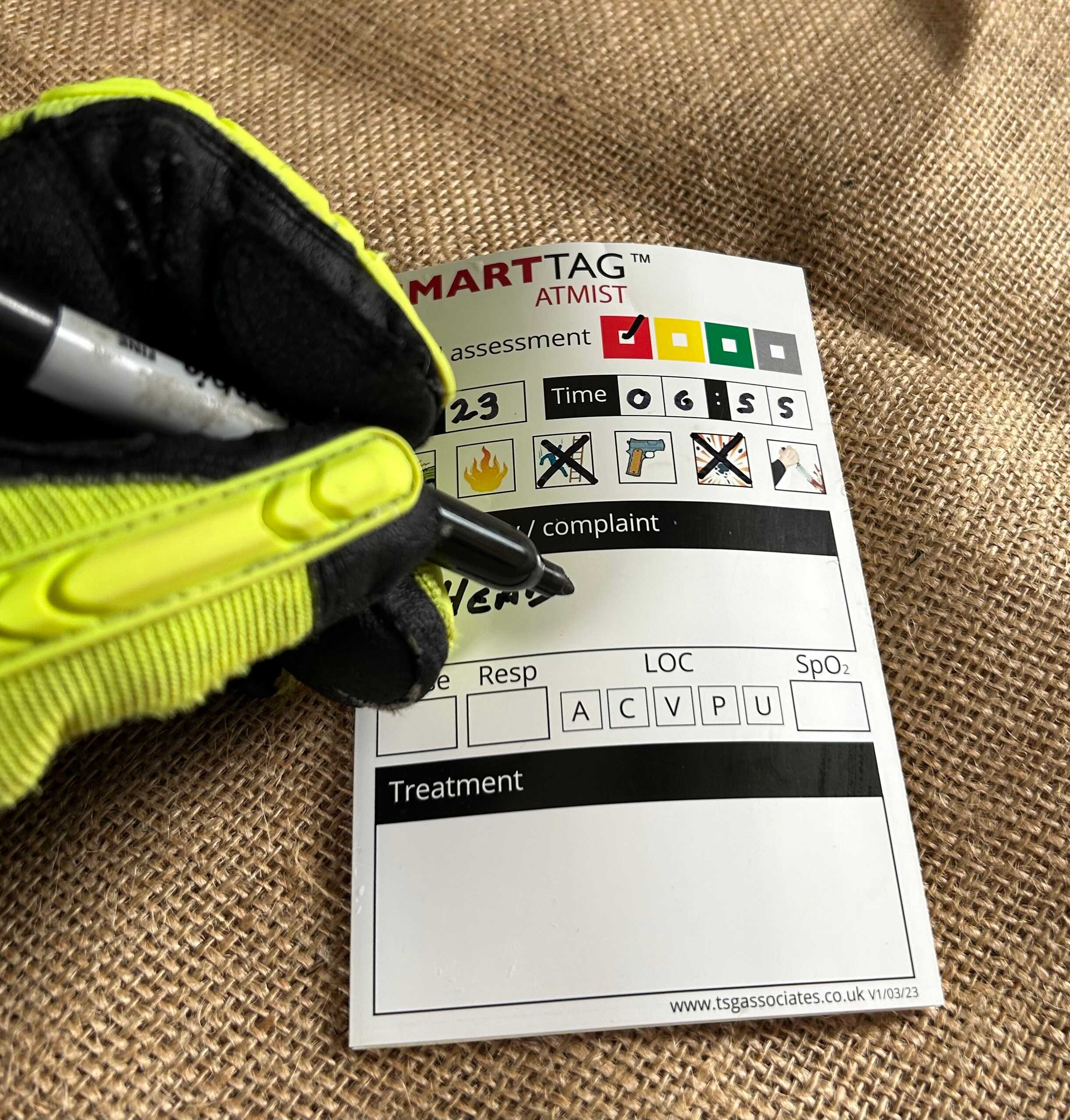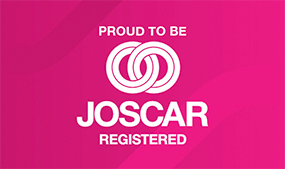
18/12/2023
New SmartTag™ includes ATMIST handover
Compatible with the new MITT triage flowchart.
Two new triage flowcharts in the UK will soon become a national standard. The “Major Incident Triage Tool” (MITT) is the flow chart selected for professional medical providers.
The MITT flow chart removes the need to calculate a “Revised Trauma Score” (RTS), so how does this affect our SmartTag™ design? In all our previous SmartTag™ designs, there have been two panels dedicated to the RTS. With this element of triage now obsolete in the UK, it allowed us to work on a redesign of SmartTag™.
The opportunity for a re-design first allowed us to ask an elementary question.
“What are we trying to achieve with a re-design?”
It was simple: keep the same proven mechanics of SmartTag™ and then improve the ability to collect and communicate casualty information, ultimately enhancing handover.
The aim of a handover is to achieve efficient communication of high-quality clinical information at any time when the responsibility for casualty care is transferred. The quality of this handover can have an impact on casualty care and can be particularly challenging as a lot of information needs to be communicated in a high-stress environment.
To assist with the above, we selected the ATMIST format of information gathering and handover.
ATMIST is an acronym that stands for:
Age (of the patient, plus name and date of birth),
Time (of the incident or onset of symptoms),
Mechanism (of injury or medical complaint),
Injuries (or exam findings),
Signs (e.g., oxygen stats, heart rate, blood pressure, body temperature etc) and
Treatment given (e.g., painkillers, dosage, time given etc).
This mnemonic offers a clear and relevant template that sets out the background for the casualties' condition and the details of any early interventions. First responders can fill out the ATMIST panels and facilitate an effective handover by allowing ambulance teams and hospital staff to quickly understand and assimilate the casualties’ current needs.
The layout of ATMIST on SmartTag™ is clear and functional, with a combination of graphics and large spaces to record information clearly even when your fine motor skills are lacking, and writing may not be at its tidiest during an incident.
Find out more
Our SmartTag™ ATMIST uses a proven design developed over two decades of emergency first response experience, providing medical personnel with a structured and concise casualty history to assist in a smooth handover and benefit future medical interventions. Its high visibility, simple functionality, and compatibility with all the latest triage flowcharts make SmartTag® a valuable addition to any first responder’s triage toolkit.
To find out more, please contact TSG Associates today by clicking here.
%201.png)











